How These 8 Rainwater Techniques Help Indian Families Save Up to 1 Lakh Litres
Faced with growing water shortages, Indian families across cities and villages are finding smart, simple ways to harvest rainwater at home. These methods don’t just save water — they recharge groundwater, cut dependence on municipal supply, and build long-term water security, one drop at a time.
Here’s a look at eight unique, homegrown rainwater harvesting methods used in Indian homes today, what you’ll need to set them up, why they work, and real-life examples of how they’re making a difference.
1. Terrace-to-filter drum system — the Chennai model
What you’ll need:
- Rooftop rainwater pipes
- A large plastic or metal drum
- Charcoal, gravel, and sand for natural filtration
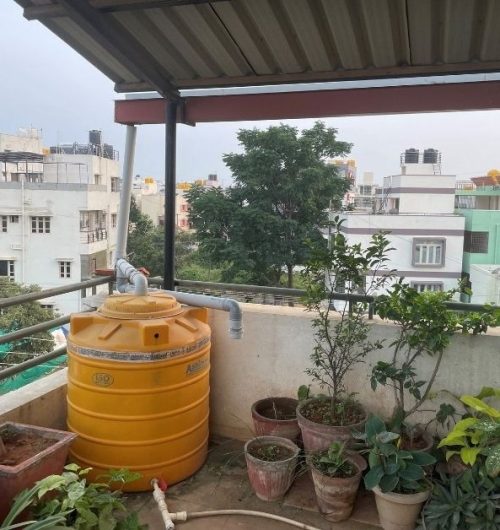
Why it works:
This DIY system filters rainwater collected from terraces through layers of charcoal, sand, and gravel, removing impurities before allowing it to percolate into the ground or be stored for later use.
Real example:
D Rajalakshmi in Chennai built this simple system at home, efficiently recharging groundwater and making smart use of the city’s seasonal rains.
Water savings:
10,000 – 20,000 litres per season, depending on terrace size.
2. Recharge pits in small urban homes — Bengaluru style
What you’ll need:
- A small backyard, garden, or driveway
- A pit filled with gravel, stones, and sand
- Rainwater pipes connected from rooftops
Why it works:
Recharge pits help rainwater soak directly into the soil, boosting groundwater levels even in small, paved city homes.
Real example:
The Krishnan family in Bengaluru installed recharge pits in their compact urban home, successfully managing rainwater and reducing water stress.
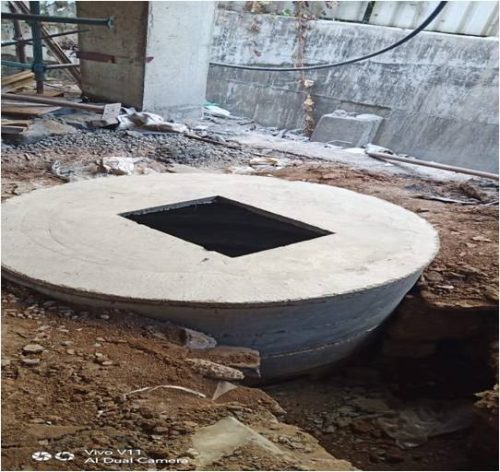
Water savings:
5,000–15,000 litres per season.
3. Rain barrels for daily household use
What you’ll need:
- Plastic or metal storage barrels
- Fine mesh covers to prevent debris
- Rainwater pipes or gutter attachments
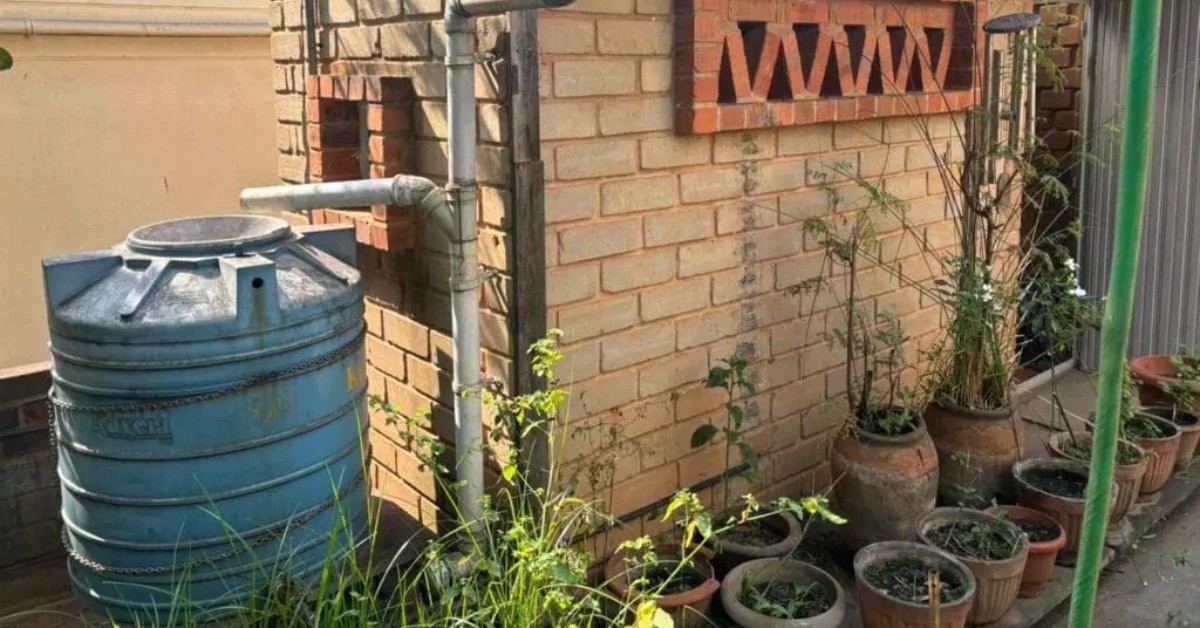 Rain barrels can save up to 500 litres per rainfall, making them one of the simplest ways to harvest water in Indian homes. Picture source: Citizen Matters
Rain barrels can save up to 500 litres per rainfall, making them one of the simplest ways to harvest water in Indian homes. Picture source: Citizen Matters
Why it works:
Rain barrels collect and store rainwater for regular home use like gardening, cleaning, and washing, reducing the load on municipal water.
Real example:
Families in Kerala and Maharashtra widely use rain barrels to meet their everyday water needs during dry spells.
Water savings:
200–500 litres per rainfall event.
What you’ll need:
- A central courtyard or paved community space
- Drainage channels connected to percolation tanks
- Community participation to maintain the system
 Shared courtyards can harvest rainwater collectively, storing up to 1 lakh litres and easing water stress across entire communities. Picture source: Knock Sense
Shared courtyards can harvest rainwater collectively, storing up to 1 lakh litres and easing water stress across entire communities. Picture source: Knock Sense
Why it works:
Rainwater from the entire society is directed into underground tanks through courtyard collection, which reduces flooding and replenishes groundwater.
Real example:
Housing societies in Indore and Pune have implemented shared courtyard harvesting to conserve large volumes of rainwater across communities.
Water savings:
50,000–1,00,000 litres per season.
5. Matka filters in rural Rajasthan — ancient wisdom revived
What you’ll need:
- Terracotta matkas (clay pots)
- A cloth or mesh for basic filtering
- A simple rooftop water collection system
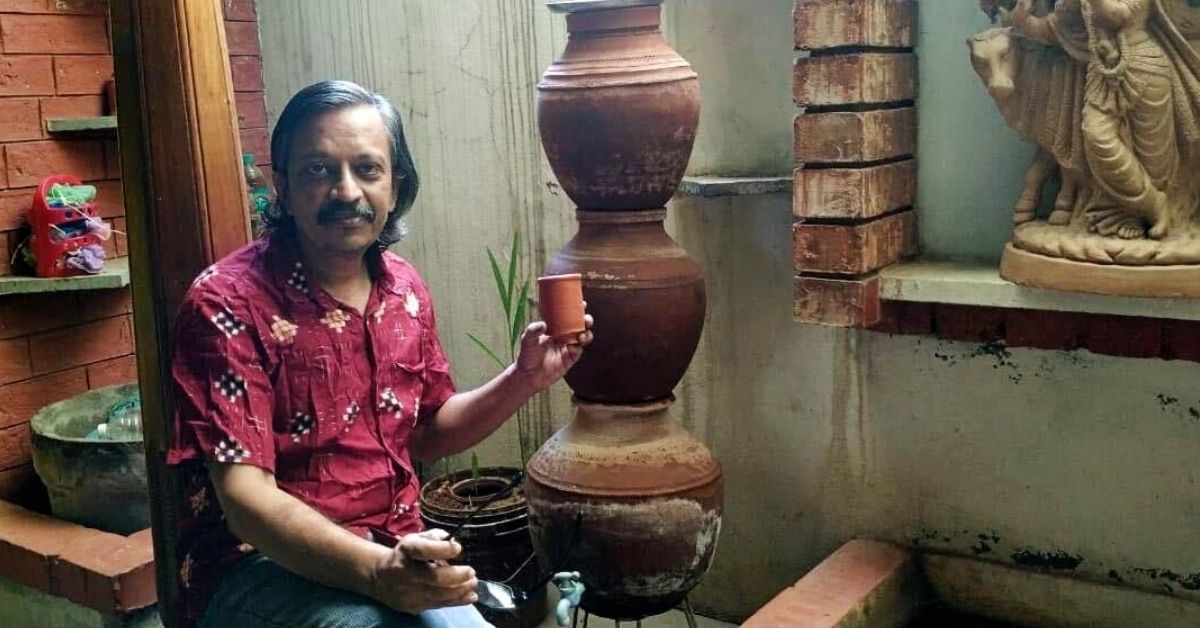 Stacked clay matkas can filter rainwater into drinking water — an age-old technique still used in rural India, with no power or plastic needed.
Stacked clay matkas can filter rainwater into drinking water — an age-old technique still used in rural India, with no power or plastic needed.
Why it works:
Matkas naturally filter rainwater without electricity or chemicals. They are a low-cost, sustainable solution ideal for rural homes with limited infrastructure.
Real example:
Families in rural Rajasthan use matka filters to clean and store rainwater, reviving an ancient, eco-friendly technique.
Water savings:
100–300 litres per rainfall event.
6. Rooftop garden beds as rainwater catchments
What you’ll need:
- Rooftop garden with soil beds
- Proper drainage layers and waterproofing
- Water storage tanks or recharge connections
 Indian homes are integrating terrace gardens with rainwater harvesting to combine sustainability and food production. (AI-generated image)
Indian homes are integrating terrace gardens with rainwater harvesting to combine sustainability and food production. (AI-generated image)
Why it works:
Rooftop gardens naturally slow rainwater runoff, allowing it to seep into storage tanks or recharge pits, while adding greenery to urban homes.
Real example:
Urban homes across India are integrating terrace gardens with rainwater harvesting to combine sustainability and food production.
Water savings:
Hundreds of litres per rainfall event.
7. Old well revival — traditional systems recharged
What you’ll need:
- An unused or abandoned well
- A rooftop rainwater connection
- Cleaning and de-silting of the well
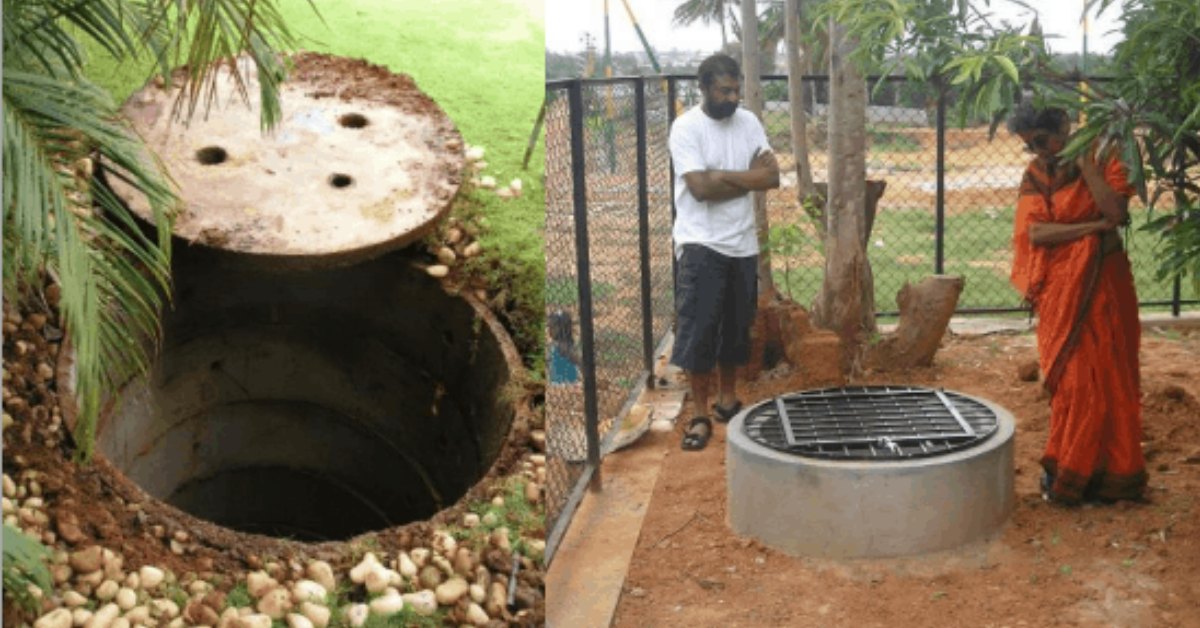 Reviving old wells with rooftop rainwater can turn neglected structures into reliable water sources for years to come. Picture source: Citizen Matters
Reviving old wells with rooftop rainwater can turn neglected structures into reliable water sources for years to come. Picture source: Citizen Matters
Why it works:
Directing rainwater into old wells helps revive them as reliable groundwater sources.
Real example:
Residents in Tamil Nadu and Karnataka are successfully recharging their disused wells by channelling rainwater from rooftops, turning old structures into life-sustaining assets.
Water savings:
10,000–50,000 litres per season.
8. Underground brick soak pits — the invisible solution
What you’ll need:
- A compact underground brick-lined pit
- Layers of gravel, sand, and stones
- Rainwater diversion pipes
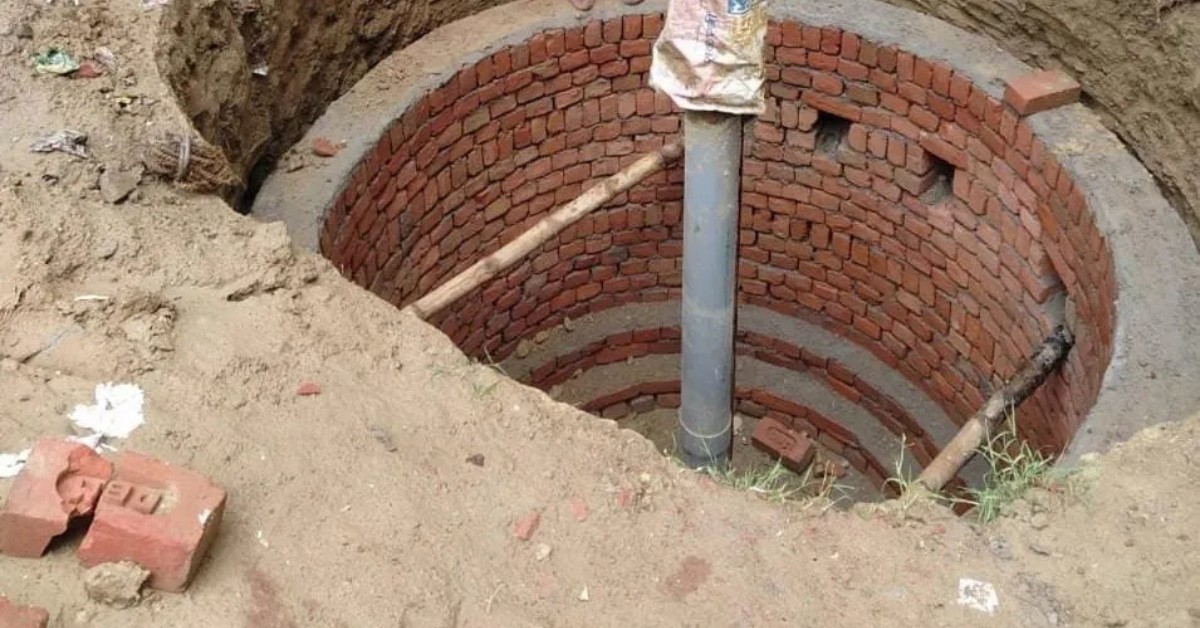 Underground soak pits like this can recharge 20,000 litres per season — without taking up a single square foot of surface space.
Underground soak pits like this can recharge 20,000 litres per season — without taking up a single square foot of surface space.
Why it works:
Soak pits quietly collect rainwater and allow it to seep underground, reducing runoff and waterlogging in small city plots.
Real example:
Homes in Hyderabad and Lucknow are using brick soak pits to recharge groundwater while saving precious surface space.
Water savings:
5,000–20,000 litres per season.
Why these DIY methods are helpful
- Save up to 80 percent more water: Compared to traditional uncollected runoff.
- Affordable and scalable: Suitable for small homes, urban apartments, and rural areas.
- Groundwater recharge: Reduces pressure on cities’ overdrawn water tables.
- Builds resilience: Makes homes and communities less dependent on unreliable municipal supply.
- Reduces flooding: Especially in dense urban settings with minimal drainage.
News